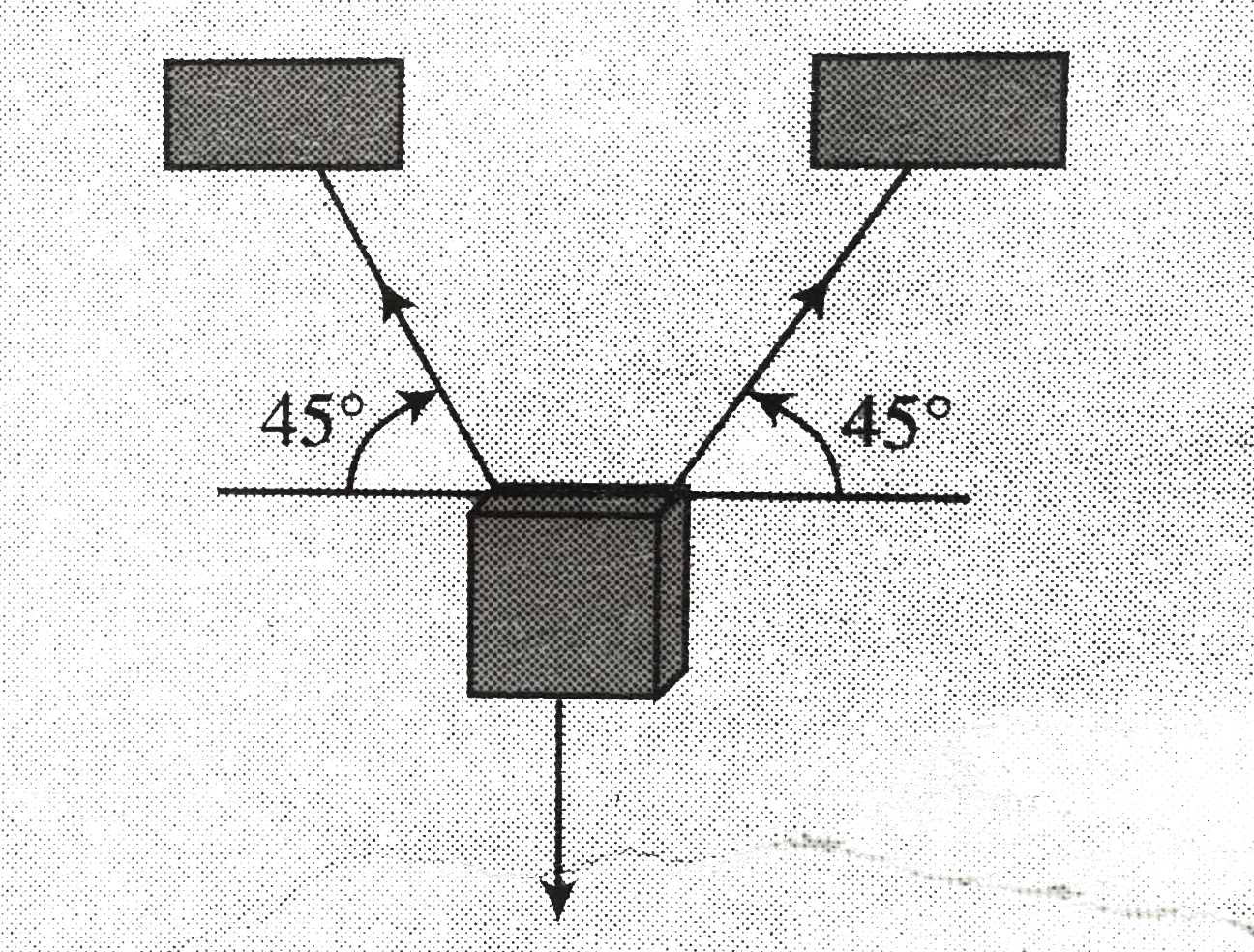The force exerted by a charged object on objects around it is called
muscular force
gravitational force
electrostatic force
frictional force
The correct Answer is:D
Step by step video, text & image solution for The force exerted by a charged object on objects around it is called by Physics experts to help you in doubts & scoring excellent marks in Class 8 exams.
Updated on:21/07/2023Topper's Solved these Questions
- FORCE AND PRESSUREBook:PEARSON IIT JEE FOUNDATIONChapter:FORCE AND PRESSUREExercise:Track Your Learning-III
Explore 6 Videos
- FORCE AND PRESSUREBook:PEARSON IIT JEE FOUNDATIONChapter:FORCE AND PRESSUREExercise:Track Your Learning-IV
Explore 5 Videos
- FORCE AND PRESSUREBook:PEARSON IIT JEE FOUNDATIONChapter:FORCE AND PRESSUREExercise:Track Your Learning-I
Explore 5 Videos
- ELECTROMAGNETISMBook:PEARSON IIT JEE FOUNDATIONChapter:ELECTROMAGNETISMExercise:CONCEPT APPLICATION ( LEVEL 2)
Explore 20 Videos
- FRICTIONBook:PEARSON IIT JEE FOUNDATIONChapter:FRICTIONExercise:Competition Corner
Explore 54 Videos
Similar Questions
Knowledge Check
The process of transferring of charge from a charged object to the earth is called ______________.
AneutralisationBnegationCterraformingDearthingThe force by which object tend to push each other is called
ArepulsionBattractionCeither repulsion or attractionDnone of theseThe force by which object tend to pull each other is called
AattractionBrepulsionCboth (a) and (b)Dneither (a) nor (b)
A small object is suspended at rest from two strings as shown in fig. The magnitude of the force exerted by each string on the object is 10√2N. Find the magnitude of the mass of the object.

View SolutionThe system of celestial bodies consisting of the Sun and the planets and other celestial objects revolving around it is called ________.
View SolutionThe method of charging an object by touching is called
View SolutionThe force exerted on an object is 200 N and its mass is 100 kg. Find the acceleration of the object.
View SolutionAssertion: Two electrically neutral metal spheres in contact are moved closer to a charged object and then separated away from each other using insulating handles in the presence of e charged object, Both the neutral objects acquire equal and opposite charges.
Reason: When two metallic objects in contact are brought closer to a charged object then electrons are transferred from one object to the other due to induction phenomenon. If we separate the objects in presence of a charged object then electrons are unable to flow back to the original object.
View Solution
